#elevated railways
Explore tagged Tumblr posts
Text

#nyc#new york#1890s#history#nyc history#elevated railways#historical fiction#gilded age#transport#dr rh gilbert#railways#third avenue elevated#ninth avenue elevated#horse cars#cable cars#travel#explor#old nyc#historical details#writing#writing community#novel#research#fiction writing#storytelling#views#grand central depot#newsies#newsies fanfic#1992sies
4 notes
·
View notes
Text
Chicago L (or El)

224 notes
·
View notes
Text

Canadian Pacific 3065 (EMD GP38-2) leaving the grain elevator in Rockglen, Saskatchewan [source]
#everything about this photo is so beautiful!#the train the elevator the river valley…#rail#railway#trains#grain elevator#canadian pacific#freight train#prairies#saskatchewan
28 notes
·
View notes
Text

A crowd of passengers waves from the front car as the El train pulls out from Manhattan for its last trip across the bridge, March 5, 1944. "Two hundred persons braved the cold in the barnlike station at Park Row to ride the last train out, a veteran six-car carrier of Brooklyn's Lexington Avenue Line."
Photo: NY Daily News
82 notes
·
View notes
Video
Sunset Shimmer by Matt Csenge Via Flickr: A Manhattan-bound (Q) train arrives at W8th St, with the iconic Parachute Jump standing tall in the background. R46 (Q) (Pullman-Standard, 1975-1978) W8th St-New York Aquarium Station Brighton Line - BMT
#Railroad#Railway#Train#Track#Transit#Subway#Elevated#New York#New York City#New York City Subway#New York City Transit#NYC#NYCT#NYCTA#Brooklyn#Brighton Line#flickr#trainspam#reference#coney island#parachute jump
3 notes
·
View notes
Text
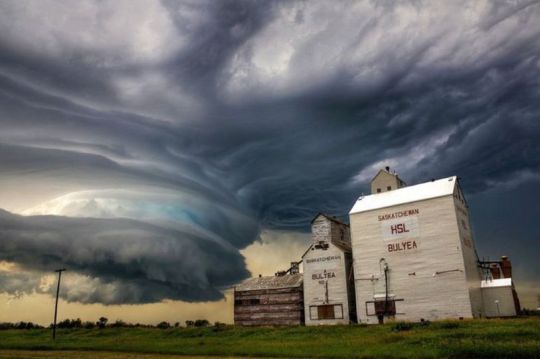
Storm clouds brew over an iconic prairie landscape in Bulyea, Sask
#Saskatchewan#The Prairies#storm clouds#Western Canada#grain elevators#rural landscape#rural aesthetic#CNR#CPR#Canadian Pacific Railway#big sky country#weather#iconic
49 notes
·
View notes
Text

Elevated railway in Tokyo, Japan
Japanese vintage postcard
#old#postcard#postkaart#japanese#elevated#japan#vintage#briefkaart#postal#ansichtskarte#ephemera#photography#railway#photo#postkarte#tarjeta#tokyo#historic#sepia#carte postale
6 notes
·
View notes
Text
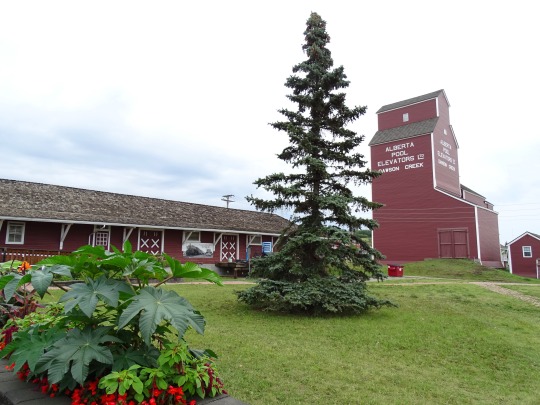

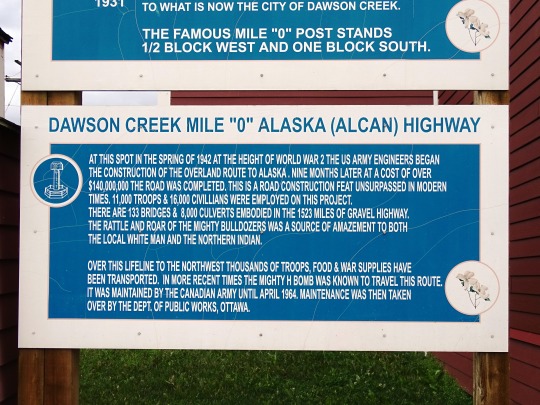
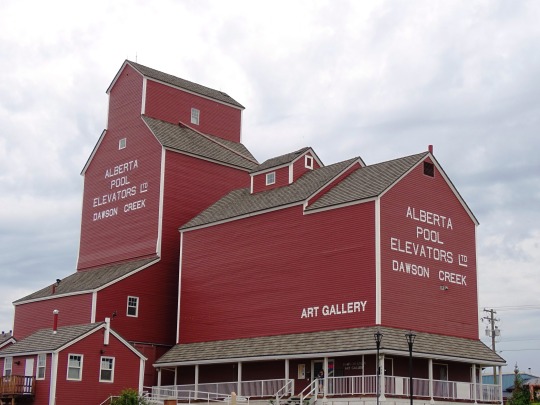
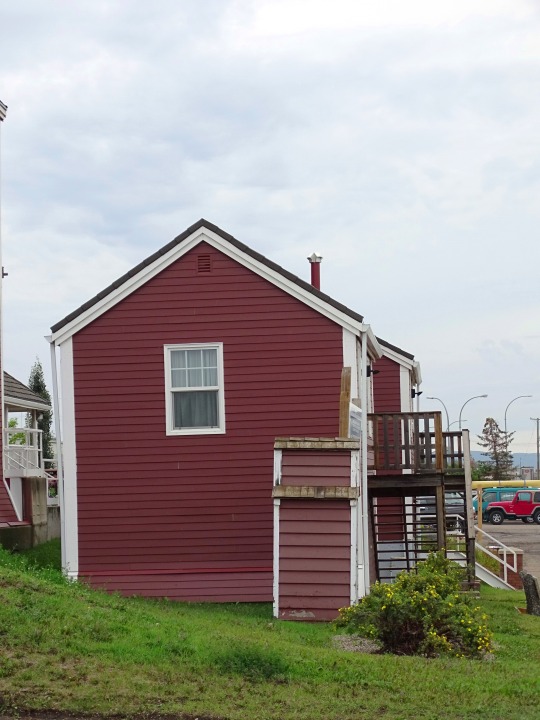
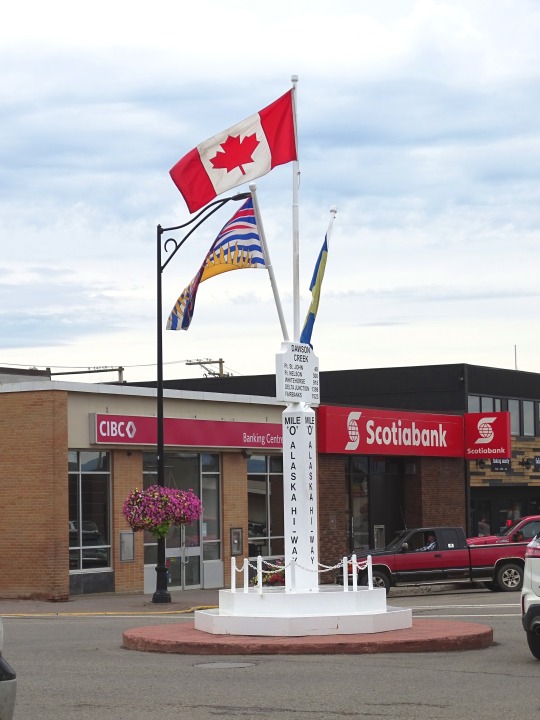
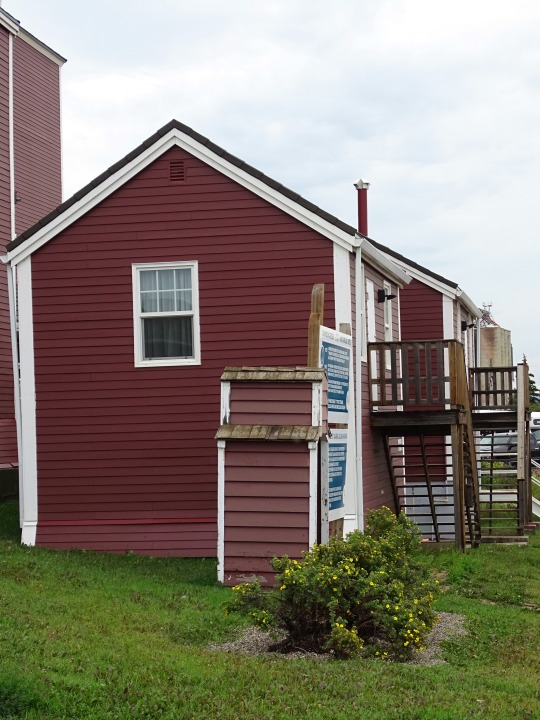
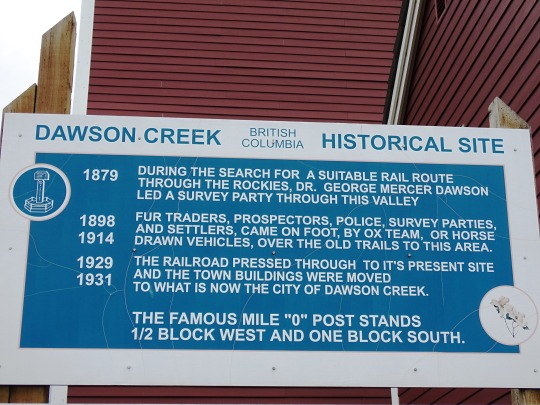

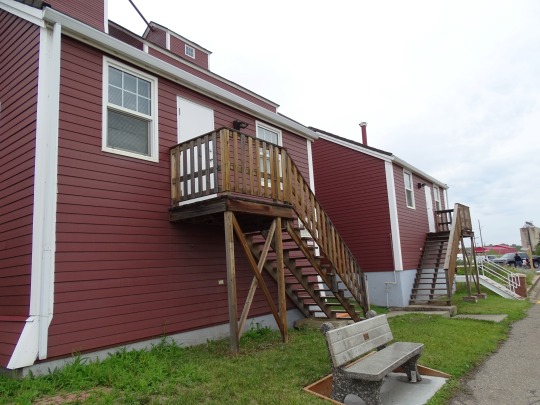
Dawson Creek, BC (No. 3)
Upon entering the war, the United States decided to build a transportation corridor to connect the US mainland to Alaska. In 1942, thousands of US Army personnel, engineers, and contractors poured into the city – the terminal of rail transport – to construct the Alaska Highway. The highway was completed in less than a year; even after the workers involved in its construction departed, population and economic growth continued. In February 1943, a major fire and explosion in a livery barn, packed with road-building supplies including dynamite, caused serious damage to the center of town; five people were killed and 150 injured. Dawson Creek became a RCAF station during WWII, in September 1944. The station disbanded in March 1946.
By 1951, Dawson Creek had more than 3,500 residents. In 1952, the John Hart Highway linked the town to the rest of the British Columbia Interior and Lower Mainland through the Rocky Mountains; a new southbound route, known locally as Tupper Highway, made the town a crossroads with neighbouring Alberta. The next year, western Canada's largest propane gas plant was built and federal government offices were established in town. In 1958, the extension of the Pacific Great Eastern Railway to the Peace from Prince George was completed, and the village was re-incorporated as a city. Between 1951 and 1961, the population of Dawson Creek more than tripled. The RCAF center reemerged on October 1, 1956 and was declared functional in 1958. It was disbanded a final time in March 1964.
Growth slowed in the 1960s, with the population reaching its all-time high in 1966, but area population increased. In the 1970s, the provincial government moved its regional offices from Pouce Coupe to the city, Northern Lights College opened a Dawson Creek campus, and the Dawson Creek Mall was constructed. Several modern grain elevators were built, and the town's five wooden grain elevators, nicknamed "Elevator Row", were taken out of service. Only one of the historic elevators remains, converted to an art gallery. Since the 1970s, with the nearby town of Fort St. John attracting much of the area's industrial development and Grande Prairie becoming a commercial hub, the town's population and economy have not significantly increased.
Since 1992, the city has undergone several boundary expansions. One expansion incorporated undeveloped land in the southeast for an industrial park and a Louisiana-Pacific Canada veneer factory. The city extended sewer and water lines to the location; however, the area was not developed and with the factory only half-built, L-P Canada abandoned its plans. A business making manufactured homes bought the factory and completed its development in 2005. Another expansion incorporated the existing oriented strand board factory in the northwest corner of the city, while further incorporations have included undeveloped land to the south and north.
Source: Wikipedia
#Dawson Creek Art Gallery#prairie elevator#Dawson Creek#NAR Station Museum#Visitor Centre#travel#original photography#vacation#tourist attraction#landmark#cityscape#architecture#British Columbia#summer 2023#Canada#Alaska Highway#NAR Park#Alcan Highway#downtown#northeastern British Columbia#BC#Alaska-Canadian Highway#street scene#Northern Alberta Railway Park#flora#flower#tree#log cabin#Mile Zero Post
4 notes
·
View notes
Photo

2023/4/11(火) 佇立
3 notes
·
View notes
Photo

When they say oldest, they mean oldest. Here's a picture from 1913.a

The Wuppertaler Schwebebahn is the oldest electric elevated railway with hanging cars in the world via RetroFuturism
#railway#train#public transport#swearing#Wuppertal#Wuppertaler Schwebebahn#Suspension railway#Wuppertale Suspension Railway#VRR#Germany#elevated railway
24K notes
·
View notes
Text

#nyc#new york#1890s#history#nyc history#grand central depot#historical fiction#gilded age#railways#transportation#elevated trains#old nyc#travel#architecture#nyc life#historical details#writing#writing community#novel#research#fiction writing#writers on tumblr#journey#explore#storytelling#trivia#views#newsies#1992sies#newsies fanfic
4 notes
·
View notes
Text

January 1939. St. Louis, Missouri. "Grain elevator on riverfront." 35mm negative by Arthur Rothstein for the Farm Security Administration. Source
#I love this soooooooo much#fave#grain elevator#st louis#missouri#railway#vintage photography#function
12 notes
·
View notes
Text
The Haunting of the Pacific Electric Building in Los Angeles
The Pacific Electric Building in Los Angeles, a towering landmark steeped in history, stands as a silent witness to the city’s vibrant past. However, beyond its architectural grandeur and historical significance lies a darker side, a realm of eerie tales and unexplained phenomena that have earned it a reputation as one of the most haunted buildings in Los Angeles. Indeed, the Pacific Electric…
#Cold Spots#Downtown Los Angeles#Elevator Anomalies#Ghost sightings#Ghost Stories#Ghostly Conductor#haunted locations#los angeles#Pacific Electric Building#Paranormal Activity#Phantom Passengers#Railway History#Red Car System#Unexplained phenomena
0 notes
Video
Four on Top by Matt Csenge Via Flickr: A Broad Channel-bound (S) train approaches the South Channel Bridge on the upper level of the trestle that crosses Jamaica Bay. R46 (S) (Pullman-Standard, 1975-1978) South Channel Bridge Rockaway Line - IND
#Railroad#Railway#Train#Track#Transit#Subway#Elevated#New York#New York City#New York City Subway#New York City Transit#NYC#NYCT#NYCTA#Queens#Rockaway Line#flickr#trainspam#nyc subway
6 notes
·
View notes
Photo

(via Tumblr: Image)
1 note
·
View note
Text










Dawson Creek, BC (No. 2)
Dawson Creek is named after the watercourse of the same name, itself named after George Mercer Dawson who led a surveying team through the area in August 1879; a member of the team labelled the creek with Dawson's name. The community that formed by the creek was one of many farming communities established by European-Canadian settlers moving west through the Peace River Country. When the Canadian government began issuing homestead grants to settlers under the Dominion Lands Act in 1912, the pace of migration increased. With the opening of a few stores and hotels in 1919 and the incorporation of the Dawson Creek Co-operative Union on May 28, 1921, Dawson Creek became a dominant business centre in the area. After much speculation by land owners and investors, the Northern Alberta Railways built its western terminus 3 km (2 mi) from Dawson Creek. The golden spike was driven on December 29, 1930, and the first passenger train arrived on January 15, 1931. The arrival of the railway and the construction of grain elevators attracted more settlers and business to the settlement. The need to provide services for the rapidly growing community led Dawson Creek to incorporate as a village in May 1936. A small wave of refugees from the Sudetenland settled in the area in 1939 as World War II was beginning. The community exceeded 500 people in 1941.
Source: Wikipedia
#Dawson Creek Art Gallery#prairie elevator#Dawson Creek#NAR Station Museum#Visitor Centre#travel#original photography#vacation#tourist attraction#landmark#cityscape#architecture#British Columbia#summer 2023#Canada#Alaska Highway#NAR Park#Alcan Highway#downtown#northeastern British Columbia#BC#Alaska-Canadian Highway#street scene#Northern Alberta Railway Park#flora#flower#tree#log cabin#Mile Zero Post
2 notes
·
View notes
